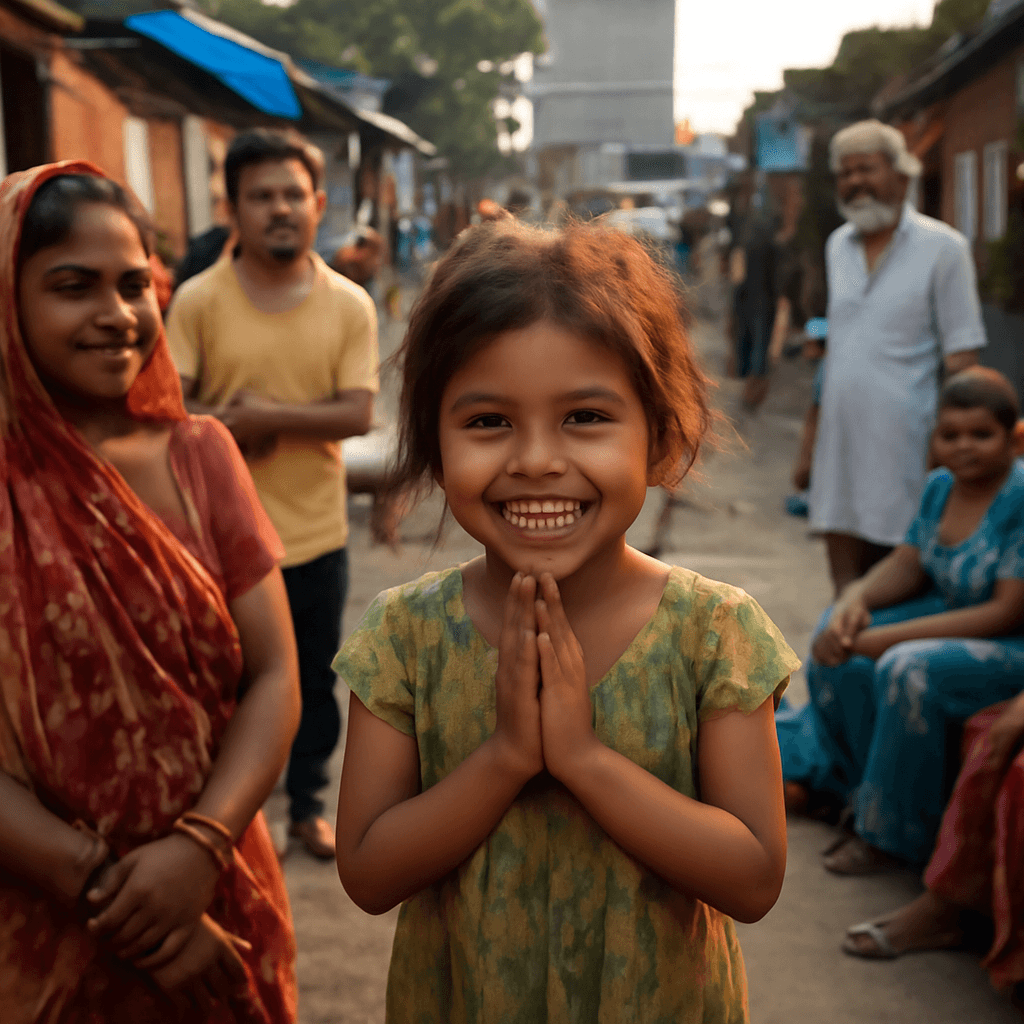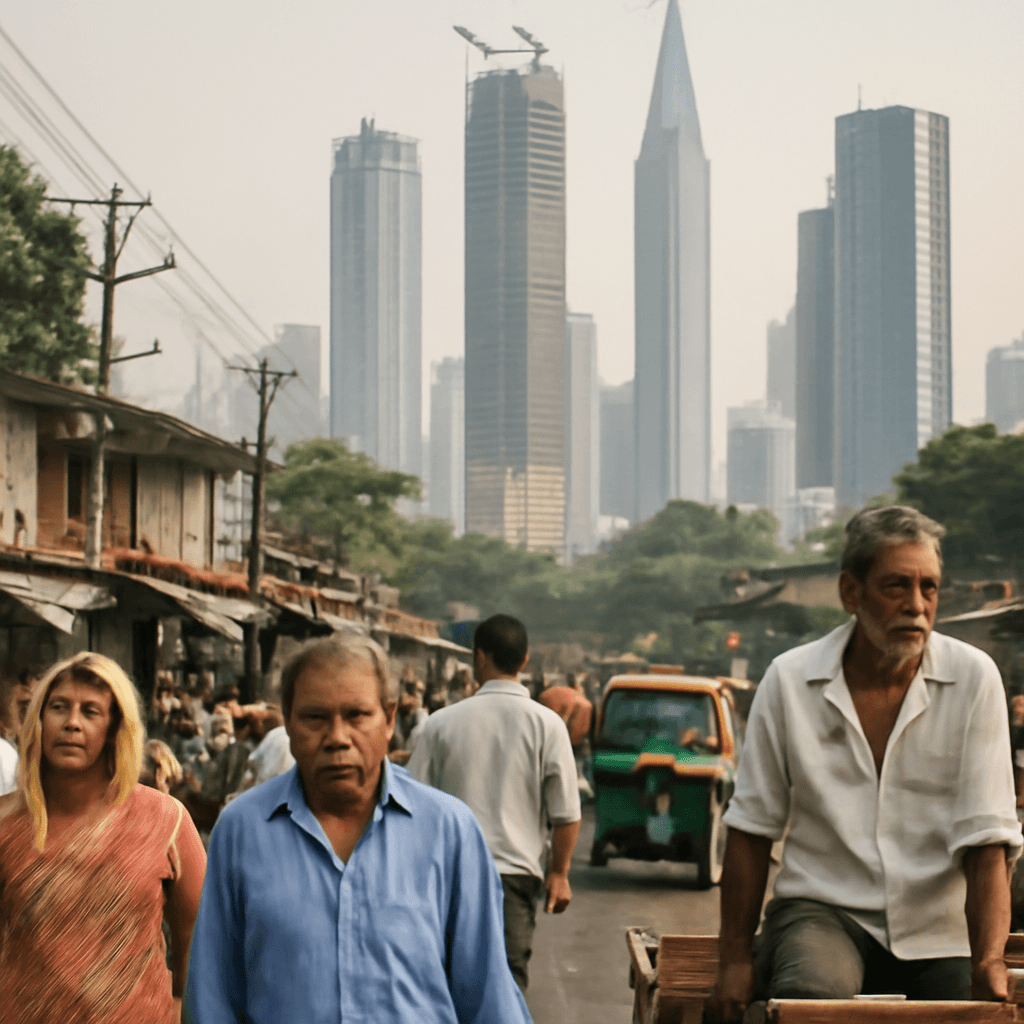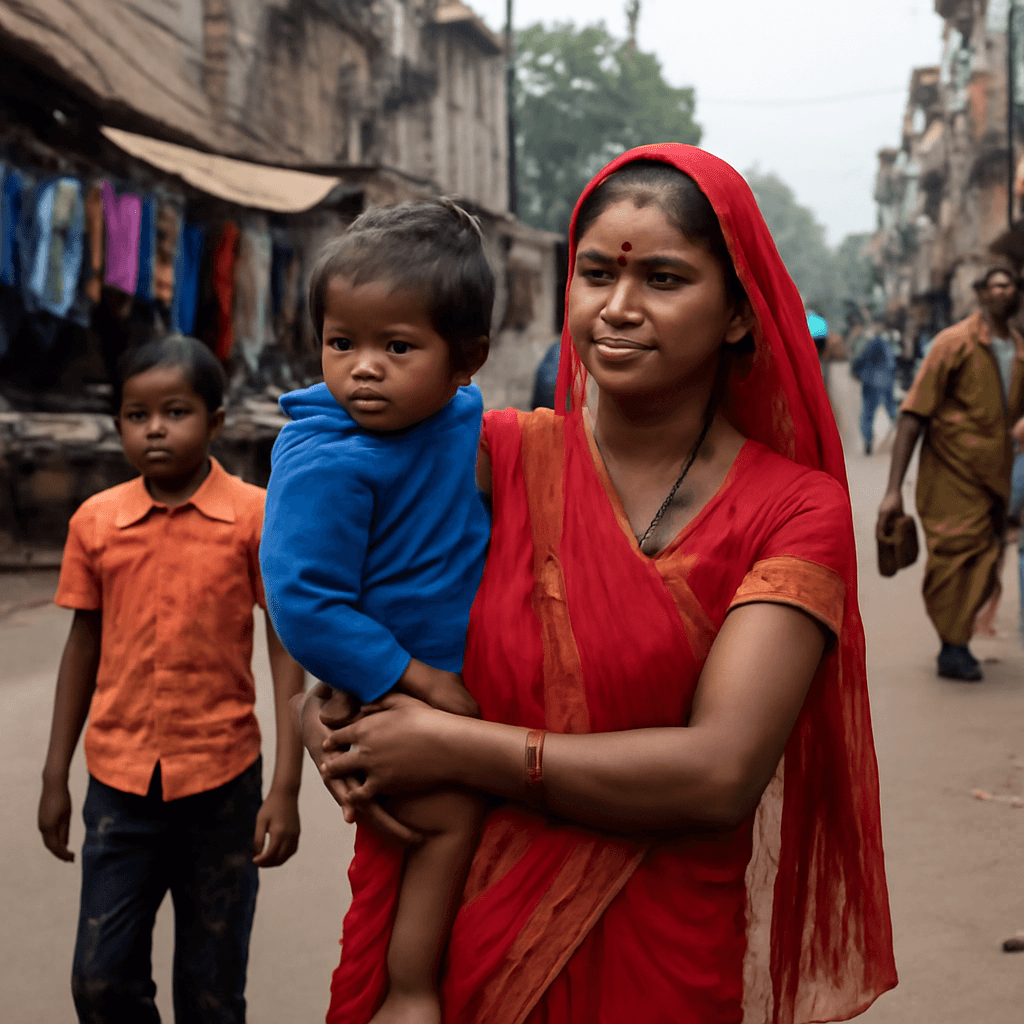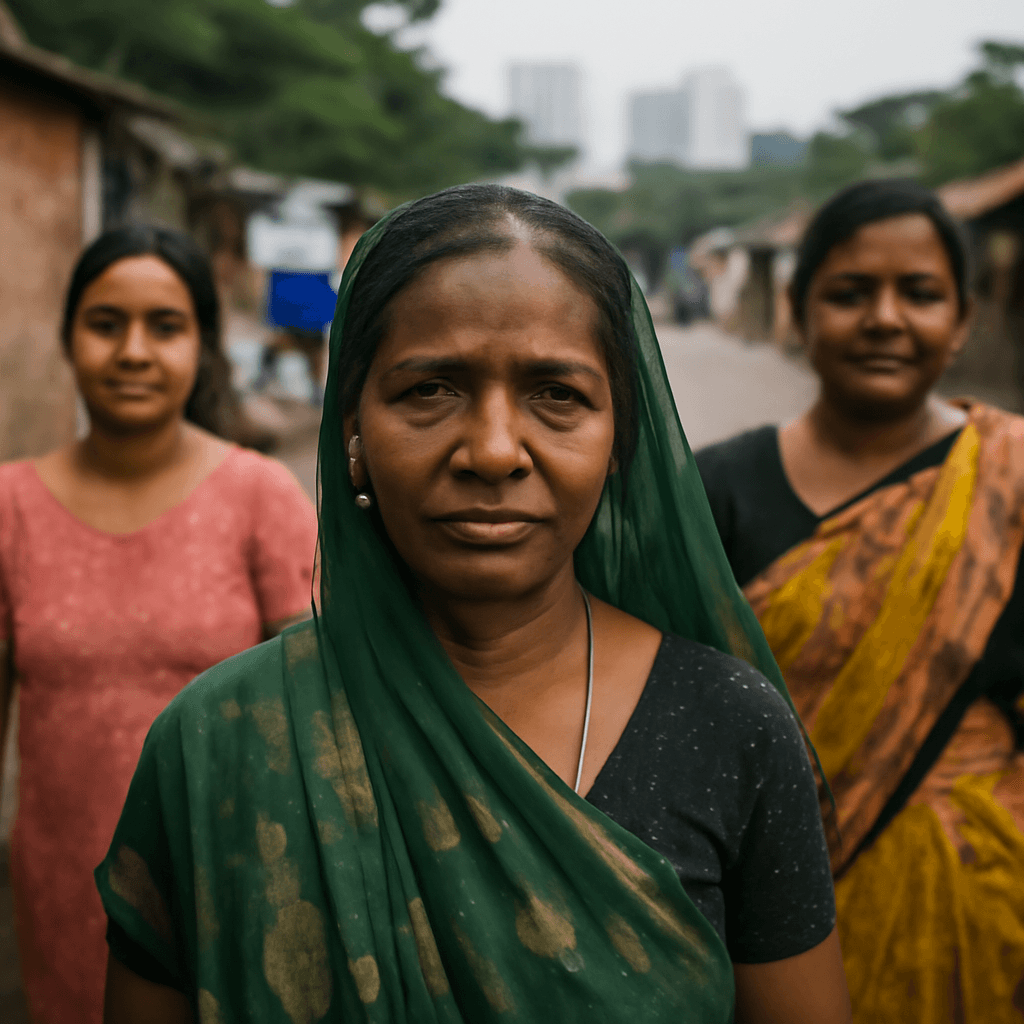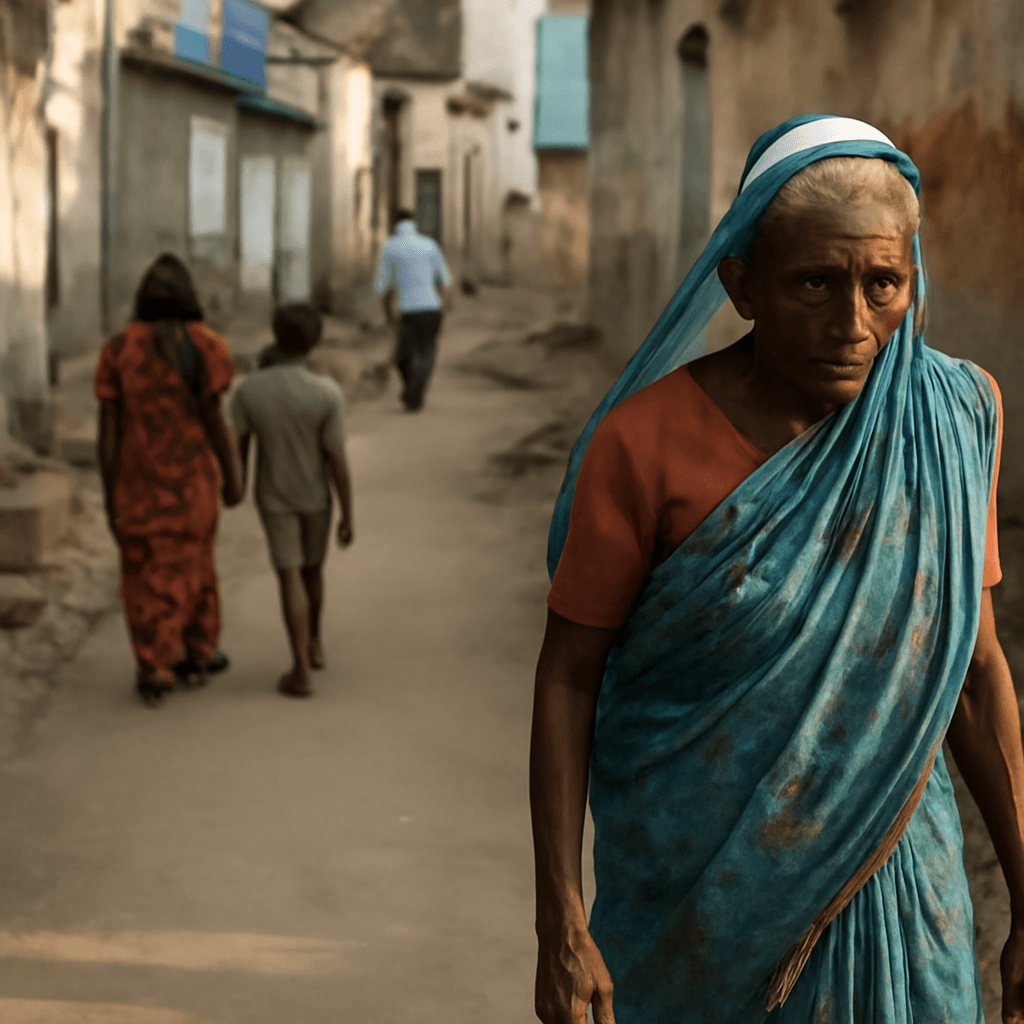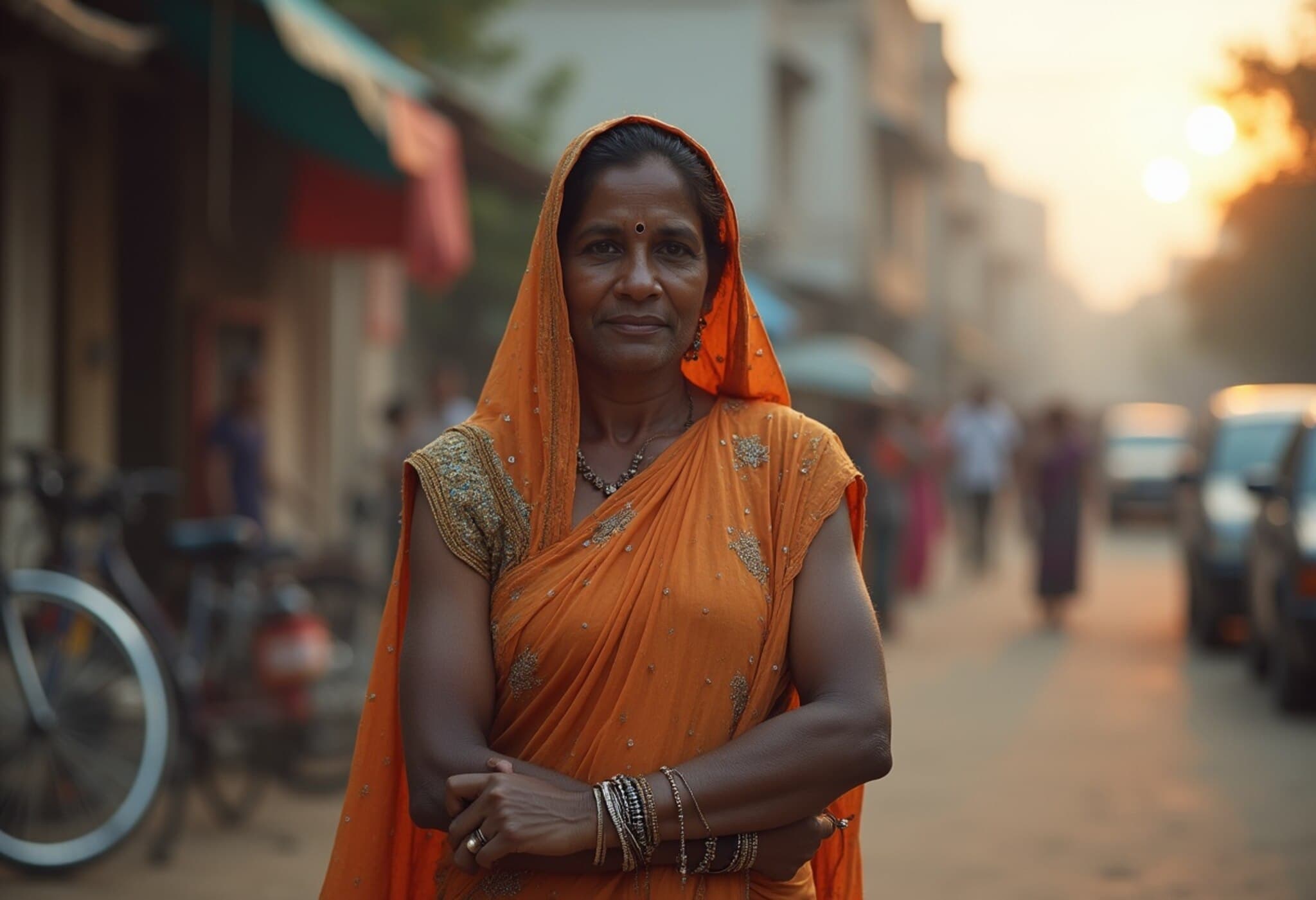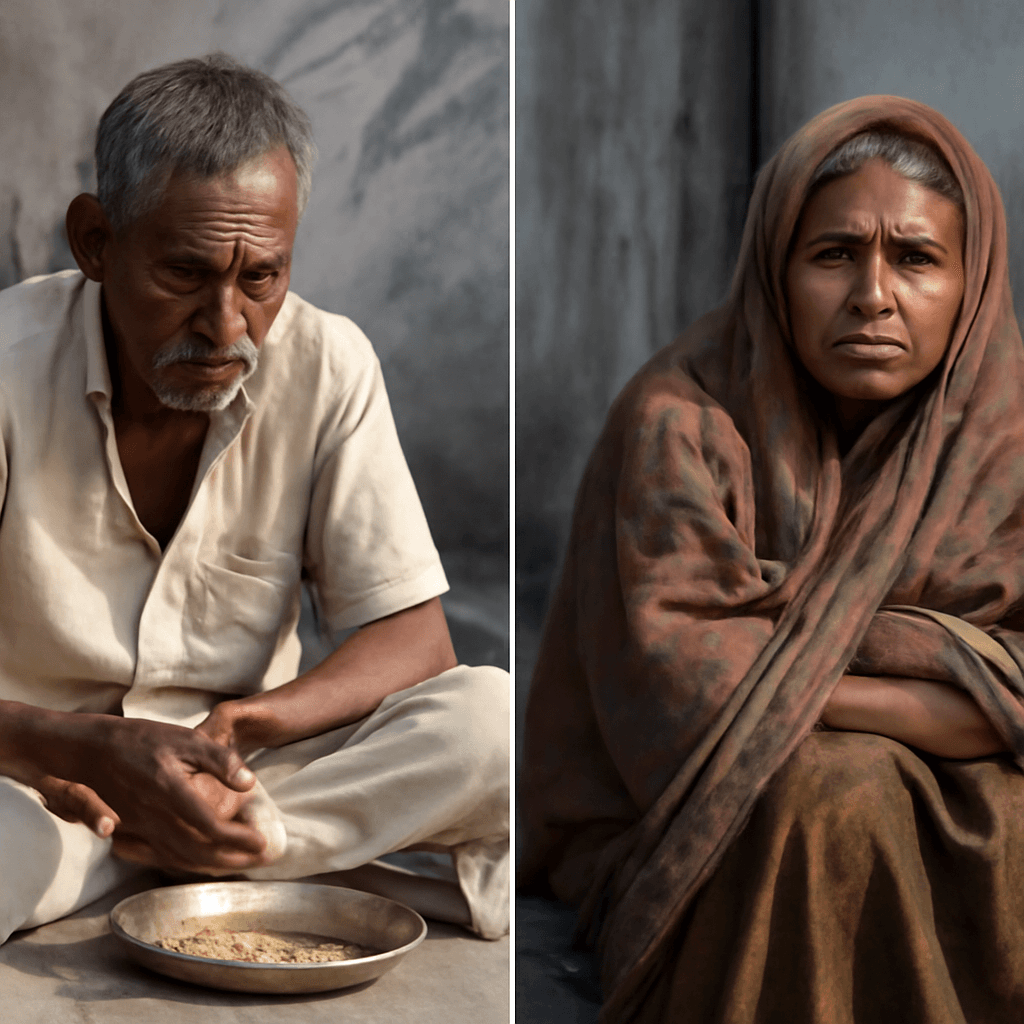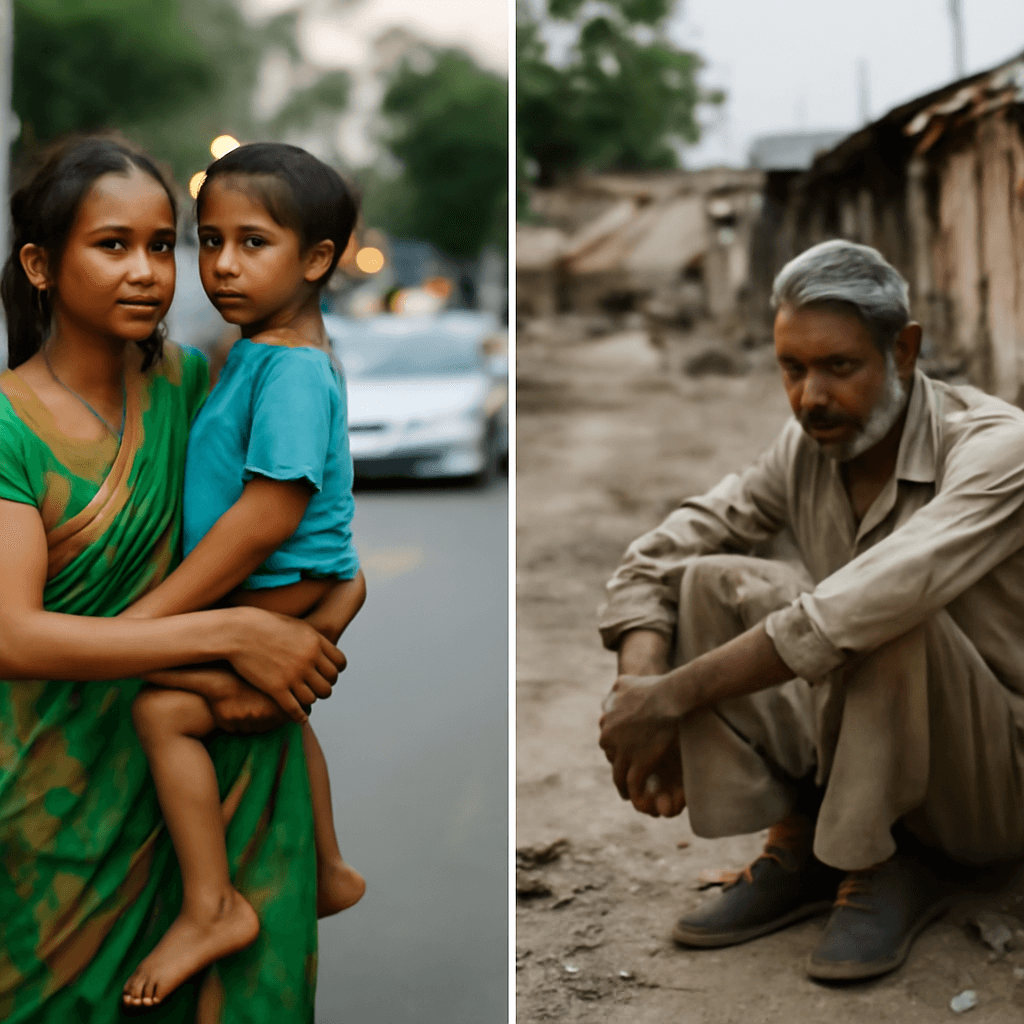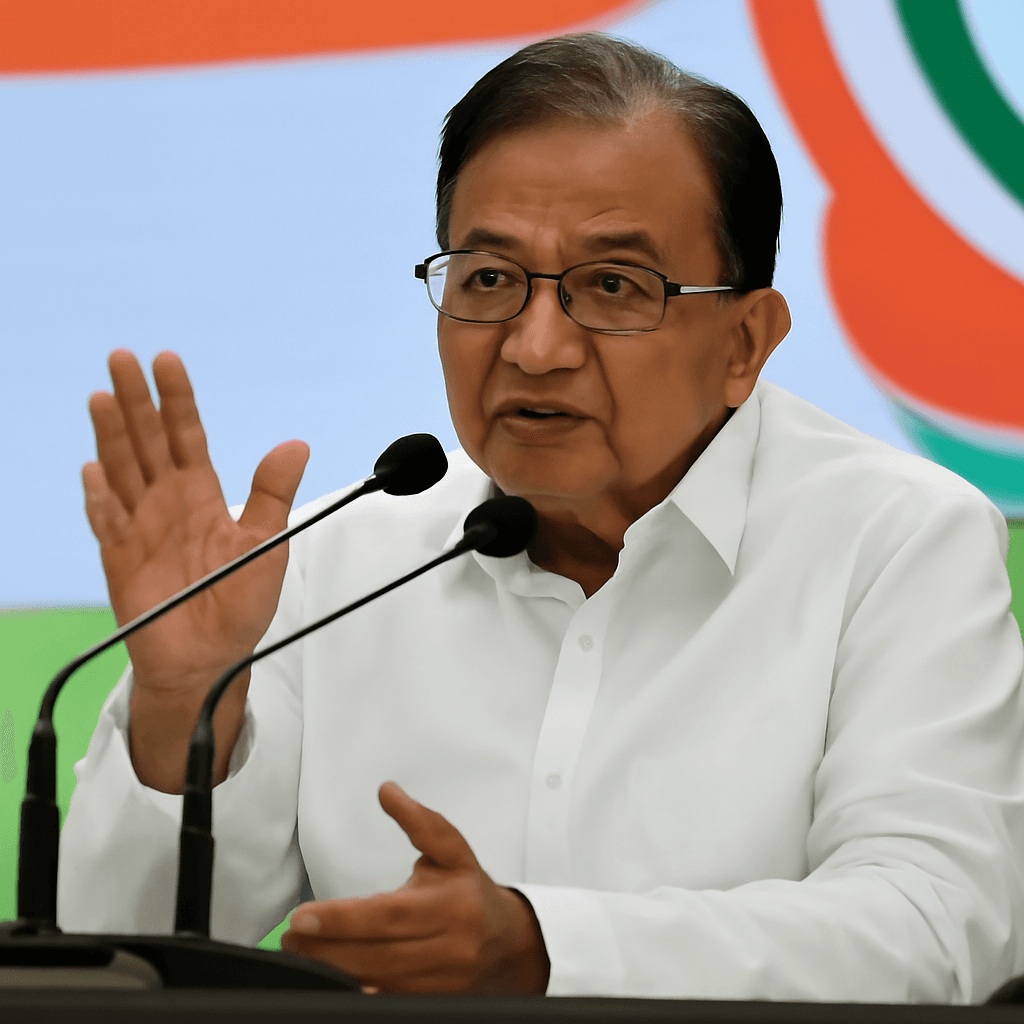India Sees Dramatic Decline in Extreme Poverty
India has achieved a remarkable milestone in poverty reduction, with the extreme poverty rate plunging from 27.1% in 2011-12 to just 5.3% in 2022-23, according to the latest estimates. This significant drop translates to roughly 269 million people lifted above the international poverty line over the past decade.
Key Numbers Behind the Progress
- The total number of people living in extreme poverty decreased from 344.47 million to 75.24 million, based on the $3.00 per day poverty line (2021 Purchasing Power Parity terms).
- Using a stricter benchmark of $2.15 per day (2017 prices), the poverty rate declined from 16.2% to 2.3% in the same period, dropping from 205.93 million to 33.66 million individuals.
States Driving the Decline
Five states — Uttar Pradesh, Maharashtra, Bihar, West Bengal, and Madhya Pradesh — held the highest counts of extreme poverty in 2011-12. Together, they accounted for nearly two-thirds of the nationwide reduction in poverty by 2022-23, highlighting their crucial role in this transformative journey.
Rural and Urban Insights
Rural extreme poverty witnessed a steep fall from 18.4% to 2.8%, while urban areas saw it drop from 10.7% to a mere 1.1% during the 11-year period. These shifts underscore broad-based improvements reaching diverse sections of society.
Advances in Multidimensional Poverty
Beyond income measures, multidimensional poverty also showed significant progress. The Multidimensional Poverty Index (MPI), which considers factors like health, education, and living standards, reduced dramatically from 53.8% in 2005-06 to 16.4% in 2019-21, continuing a gentle decline to 15.5% in 2022-23.
What This Means for India’s Future
These figures reveal India’s steady advancement towards economic inclusion and social upliftment. Moving millions out of poverty not only transforms individual lives but also contributes to the nation’s overall development. Yet, with some millions still below the poverty line, the journey toward complete eradication remains a priority.
Looking Ahead
Continued emphasis on targeted welfare programs, improved access to education, healthcare, and employment opportunities will be essential to sustain and accelerate this momentum. Equally important is addressing regional disparities to ensure no community is left behind in this march toward prosperity.

